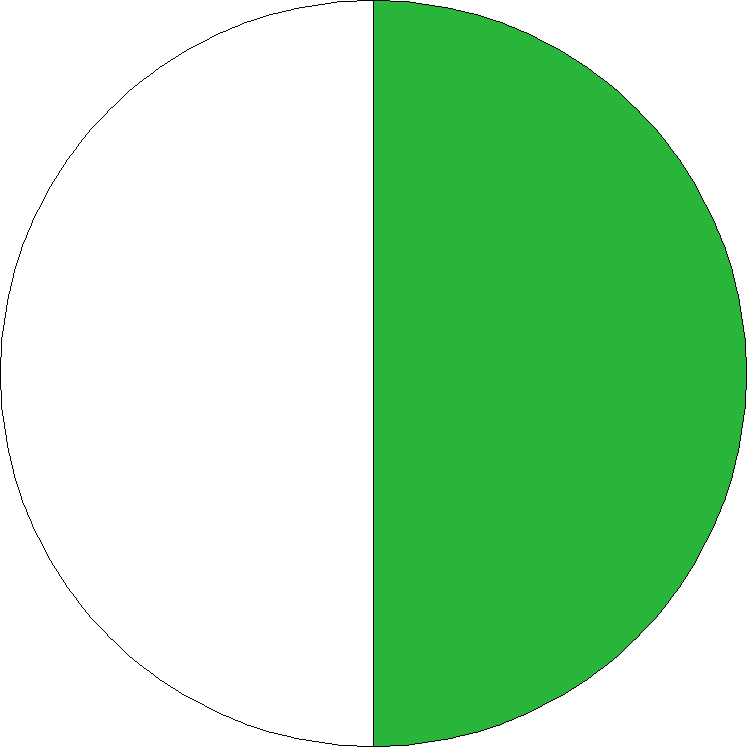 | Home - Taxonomy - Geography - Biodiversity - Literature - News & background - Recent updates - Contact | www.repfocus.dk |  |
Latest update: September 28th, 2024.
|
|
|
|
       |
Expanded account of the genus Rhynchophis
Reproduction: Oviparous. 5-17 eggs per clutch. Diet: Mostly rodents and other small mammals. Presumably also birds, lizards, amphibians, and fish. Predators: Snakes (e.g., Lycodon rosozonatus). Habitat: Mainly primary monsoon forests. Altitude range: 80-2000 m ASL. Habits: Arboreal, but may descend to the ground at night. Nocturnal and diurnal. Use and trade: Not included in CITES Appendices. Other notes: Juvenile colouration differs from adult colouration. |  Abbreviations and glossary | ||
  |
Rhynchophis boulengeri


Reproduction: Oviparous. 5-17 eggs per clutch (average 7-8), measuring 35 X 8 mm. Copulation lasts 1.5-3 hours and takes places on branches or more rarely on ground. It probably occurs in April-May in the wild. Pregnancy lasts 40-60 days. The female stops feeding 32-45 days before oviposition and sheds 10-11 days before. Pregnant females are found in May-June. Eggs are laid in late June to early August under the substrate. Captive observations suggest that females may guard the nest after oviposition. Incubation period in captivity is 56-75 days at 24-29 C, in some cases with night temperature dropping to 20 C. Hatchlings measure 30.1-38.5 cm and weigh 3.9-7.3 g. First shedding occurs after 8-11 days, and the youngs usually begin feeding right thereafter. Feeding is paused during hibernation in October, when temperatures fall to 15-18 C. When temperatures rise again, appetite markedly increases, resulting in accelerated growth. Diet: Mostly rodents and other small mammals. Presumably also birds, lizards, amphibians, and fish, since these food items have been taken in captivity. Captive youngs sometimes prefer lizards or fish, rather than mammals. Cannibalism has been observed among captive juveniles. Habitat: Mainly primary monsoon forests, specifically the lower and middle layers of the forests. Can persist in degraded forest. Found near streams and lakes. Altitude range: 80-2000 m ASL. Habits: Both nocturnal and diurnal. Most active during first half of the night. Arboreal, but may descend to the ground at night. Placid by nature, reluctant to bite. Use and trade: Not included in CITES Appendices. The species is found in small numbers in the pet trade, but no data are available. It is now bred frequently in captivity, thus reducing the need for wild-caught specimens in the pet trade. Conservation: Least Concern (IUCN Red Lists). Although there is some limited collection for the pet trade, this is not believed to significantly impact this widespread species overall. There is little information available on the abundance or trends in population for this species. It appears to be an uncommon species. Other notes: Juvenile colouration grey, but gradually change to green as the snakes mature. They start changing colour after 6-8 months, reaching adult colouration after 18-19 months. References:  Ackermann 2015 Ackermann 2015
 Brachtel 1998 Brachtel 1998
 Das 2010 Das 2010
 Devisch 2010 Devisch 2010
 Manthey & Grossmann 1997 Manthey & Grossmann 1997
 Nguyen & al. 2011 Nguyen & al. 2011
 Orlov 1995 Orlov 1995
 Orlov & al. 1999 Orlov & al. 1999
 Peng & al. 2021 Peng & al. 2021
 Rao & Lau 2012 Rao & Lau 2012
|
| ||
  |
Rhynchophis hainanensis


Reproduction: Oviparous. 6 eggs per clutch. Oviposition reported in April. Incubation time 62 days. Diet: Captive specimens take mice. Habitat: Subtropical rainforests, particularly in valleys with streams. Altitude range: 200-900 m ASL. Habits: Arboreal and nocturnal. Predators: Snakes (e.g., Lycodon rosozonatus). Use and trade: Not included in CITES Appendices. Conservation: Not Assessed (IUCN Red Lists). Other notes: Juvenile colouration grey, but gradually change to green as the snakes mature. Juveniles have black orbital stripes, which fade away with age. References:  Peng & al. 2021 Peng & al. 2021
|
|

